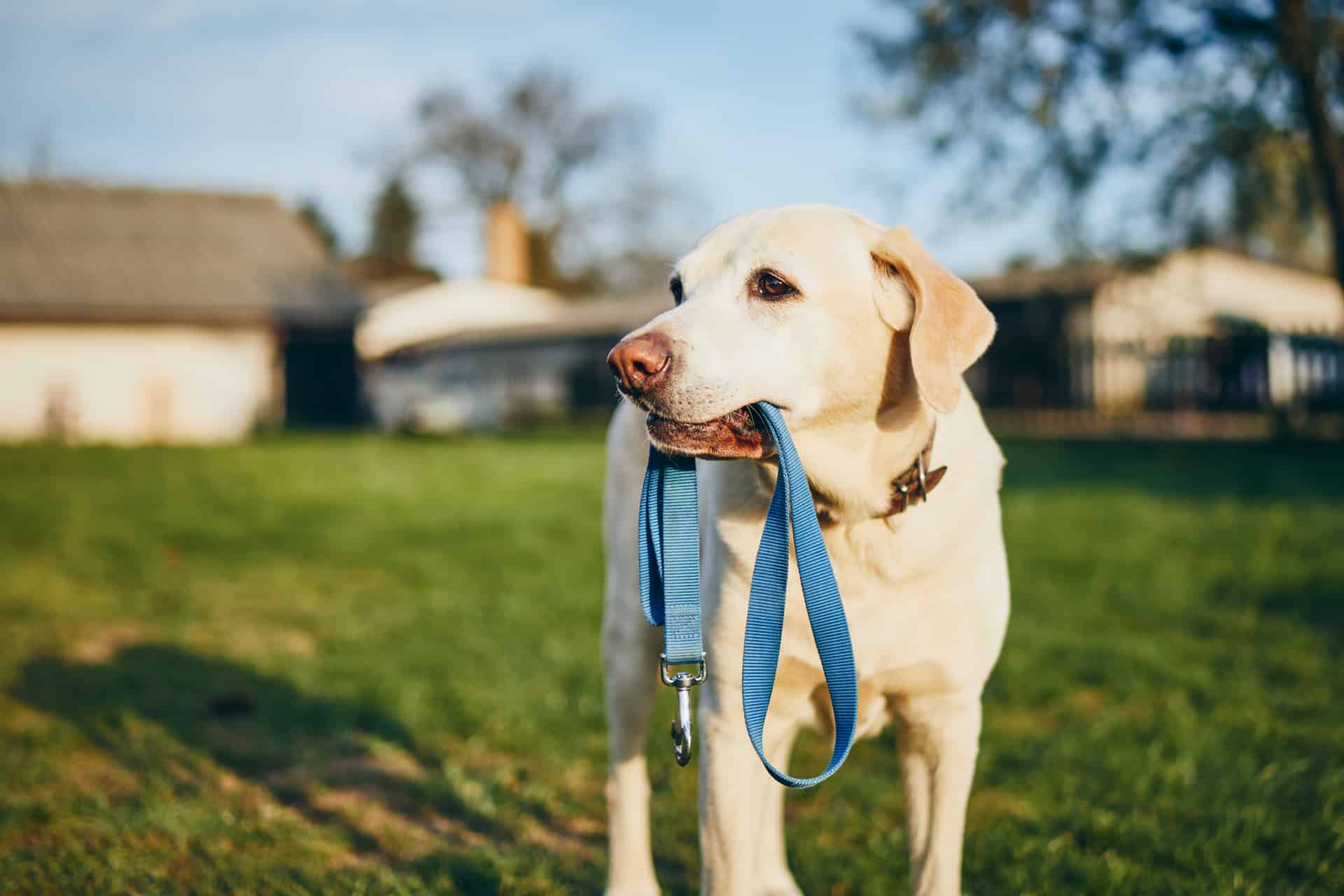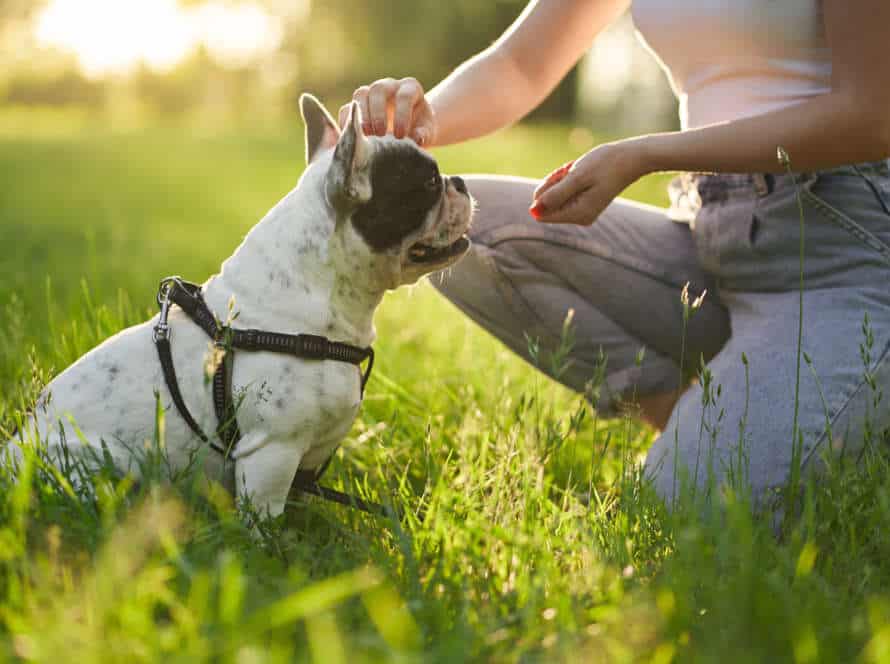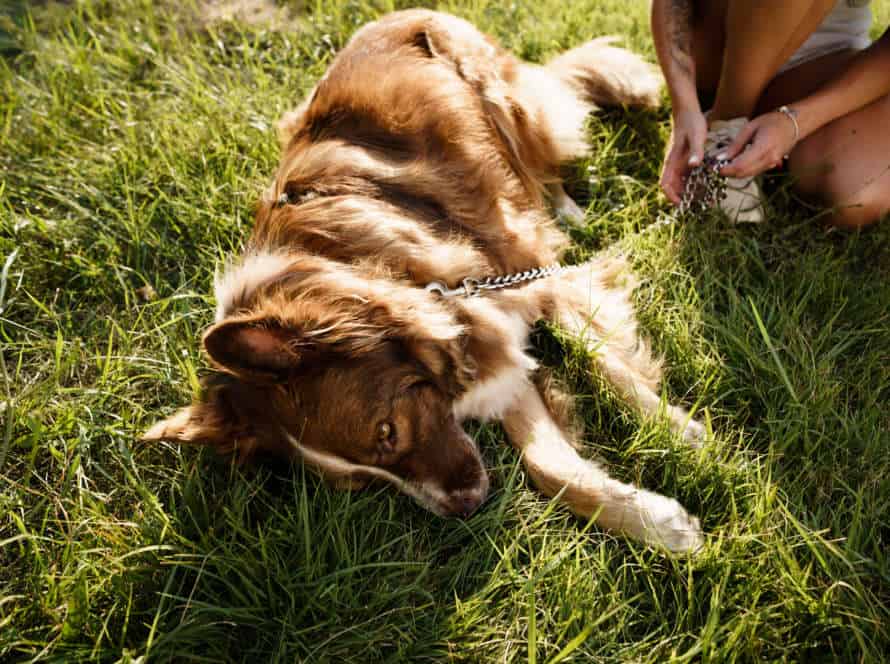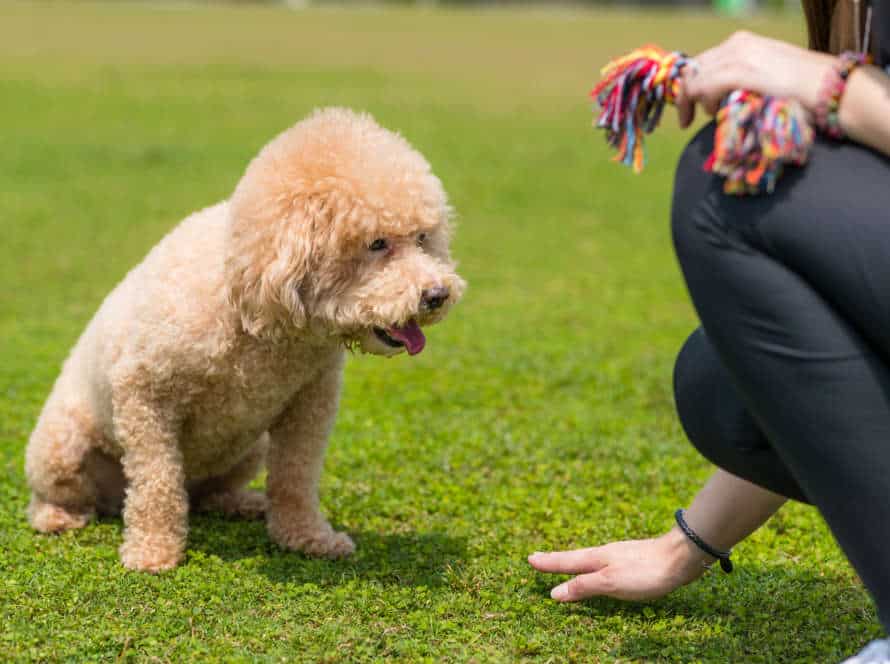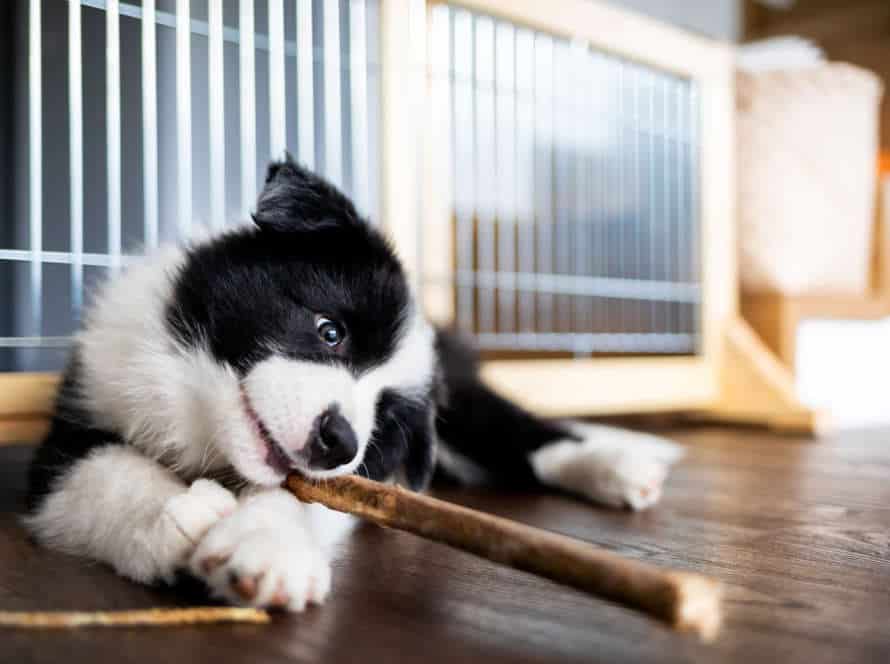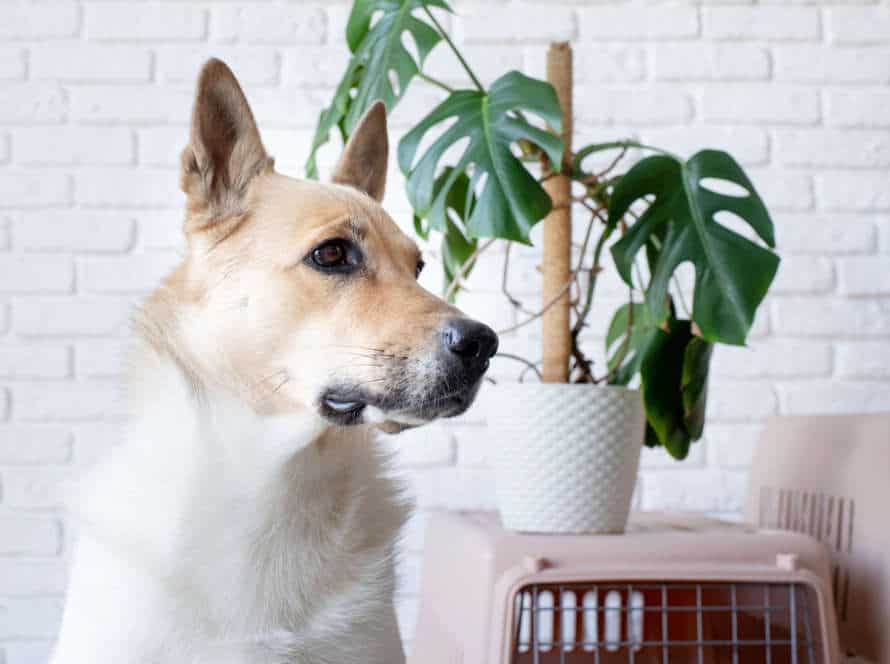Celebrating Leash Training Success: Acknowledging Your Dog’s Progress
Acknowledging your pooch’s improvements during leash training is essential. That way, you can motivate them and praise good behavior. Here’s how:
- Give treats and compliments. When they walk without pulling, give them a treat and lots of love.
- Take a longer stroll. Celebrate by taking them on a longer walk.
- Buy a special toy. Buy a toy to honor their progress.
- Have some playtime. Play with them after leash training to reward good behavior.
Celebrating your pup’s successes will create a strong bond between you two and encourage them to keep going.
Why Celebrating Progress is Important
Celebrating and recognizing your pup’s progress is essential! It reinforces good behaviors and lets them feel a sense of accomplishment. Plus, it’s heaps of fun for both of you! Let’s explore why it’s so important.
Dog owners should celebrate and honor their furry friend’s progress.
Boosting Your Dog’s Confidence
Celebrating progress is key for boosting your pup’s confidence during training. Recognizing successes helps create a positive learning experience, bettering both their morale and motivation. Celebrating leash training success is one way to reward progress.
Why celebrate progress? It:
- It motivates dogs to keep learning.
- It forms a positive and fun training atmosphere.
- It strengthens the bond between pup and owner.
To reward leash training success, immediately give your dog verbal praise like “good job” or “well done.” Or, reward them with a treat or pat on the head. This will build your dog’s confidence and motivate them to stay well-behaved on the leash.
Strengthening Your Relationship with Your Dog
Celebrating progress is key to having a strong bond with your pup. It boosts good behavior, and motivates your doggo to keep up the obedient habits. Leash training can be a struggle, but celebrating each success can really affect your relationship. Here’s how you can recognize your pup’s progress during leash training:
- Use positive reinforcement like praising, cuddling, or treats to show your appreciation for the gradual progress.
- Notice the little things; if your pup walks without pulling the leash or obeys your whistle, celebrate their behavior.
- Stick to one training skill at a time; when your pet has the leash down in one environment, gradually introduce a new one.
Celebrating your pup’s successes is a great way to show them you’re proud, and it strengthens the connection between you two.
Reinforcing Positive Training Behaviors
Reinforcing good behaviors is key for successful dog training. Celebrate progress, no matter how small. It motivates your pup and creates a good learning environment. Leash training can be tricky, but noting your pup’s successes can make a huge difference.
Here are tips for celebrating progress:
- Give verbal praise – use a cheerful, encouraging tone when your pup does well on the leash.
- Offer treats – reward your pup with a small, high-value treat.
- Take breaks – give your pup time to explore his surroundings. This reduces stress and makes leash training fun.
Celebrating your pup’s progress helps reinforce positive behavior and make leash training a great experience.
Acknowledging Leash Training Progress
No matter your leash training progress with your pup, it’s essential to always recognize it. This will encourage better behaviour. Positive reinforcement and acknowledgment will help your dog become leash training stars! Let’s explore some ways to recognize their progress.
Deciding on Milestones for Your Dog’s Progress
Achieving milestones is essential when teaching your pup to walk on a leash. Acknowledge your pup’s progress to keep you and your pup motivated. Here are some milestones you can use to track your pup’s leash training:
- Loose leash walking: If your pup walks without pulling and the leash is slack, it’s a sign of progress.
- Eye contact: Your pup looks up at you while walking. This shows that your pup is focusing on you instead of his surroundings.
- Following commands: Your pup follows commands such as “heel” or “sit” while walking.
- Length of time: Your pup can stay calm on the leash for longer periods.
Recognizing these milestones will give you and your pup a sense of achievement and motivate you to keep going. Every pup is unique, so milestones may differ.
Pro tip: Use rewards such as treats, praise, and playtime to encourage your pup’s progress during leash training.
Celebrating Success with Verbal Praise and Treats
Celebrate your pup’s leash training progress! Verbal praise and treats are great ways to reinforce their good behavior and motivate them. Here are some tips:
- Verbal Praise: Give your dog lots of verbal praise when they obey and stay on track during leash training. Use an upbeat, positive tone to show them they’re doing well.
- Treats: Use treats to reward your pup for good behavior in training. Choose small, healthy snacks to avoid overfeeding. Strategically use treats to praise good behavior.
- Practice Consistently: Practice makes perfect. Be consistent in your approach, using verbal reinforcement and treats to praise good behavior. This will help them understand what’s expected and learn faster.
- Celebrate Progress: Celebrate every milestone! Recognize their success with a treat or extra verbal praise. Celebrating progress will keep them motivated.
Remember, leash training progress may vary with each pup. Be patient, consistent, and positive, and they’ll learn to walk on a leash in no time!
Using Positive Reinforcement for Good Leash Behavior
Positive reinforcement is the way to go to get good leash behavior from your pup. When they do good, make sure to mark it. Here are some tips to use positive reinforcement:
- Reward with treats, words, or snuggles when your dog walks nicely.
- Use clicker training to pair treats and praise to help your pup learn.
- No punishments. No scolding or physical punishments. These will just make your dog scaredy-cat or anxious.
- Celebrate successes! Have a mini party or take them on a special walk.
Positive reinforcement will make sure that your pup understands and it’ll be fun for both of you!
Tips for Encouraging Future Progress
Celebrate your pooch’s leash training success! Create a positive connection between leash walking and progress. Acknowledge their achievements and celebrate the success. It’s important for your dog to know they’re doing right!
Here are some tips to help them keep going:
Keeping Training Sessions Regular and Consistent
Consistent training is key for dog owners who want to make progress. Here are some tips:
- Set a routine. Choose a specific time and place.
- Focus on one skill at a time. Keep it simple.
- Use positive reinforcement. Treats, toys, or praise the pup.
- Celebrate small victories. Acknowledge even the smallest progress.
- Be patient. Teaching takes time. Don’t get frustrated if progress is slow.
Follow these tips and you’ll have a happy, obedient dog. Pro Tip: Keep training sessions short to keep their attention. Use the same verbal commands & body language.
Identifying and Addressing Challenges During Training
Tackling issues during pup training is essential for motivating later progress and rejoicing in success with your furry chum. Here are some tips to help you:
- Be consistent and patient- Dogs respond well to uniform training techniques and a tolerant owner.
- Spot distractions- If any distractions like other animals or objects are causing trouble during training, try to remove them or train in a calmer area.
- Break things down- Divide what you are asking your dog to do into smaller tasks that they can understand and give them a reward when they complete each task.
- Give rewards- Positive encouragement goes a long way in training. Use treats, compliments, or toys to reward good behaviour.
- Seek advice- Occasionally, outside help is required to train your pup. Consider joining a training class or looking for the help of a specialist dog trainer.
By dealing with issues in your training and motivating progress, you can celebrate success with your pup and create a happy, healthy connection. Pro tip: Remember, your pup’s progress is unique, so don’t compare them to other dogs or get discouraged if it takes longer to reach your training goals.
Using New and Exciting Stimuli to Maintain Interest and Engagement
Introducing new, exciting things is great for leash training with your pup! Here are some ideas to keep them engaged:
- Mix up the training environment. Try different routes and roads.
- Use various treats or toys during sessions.
- Gradually reduce rewards when your pup masters leash training.
- Increase duration & distance of walks. Teach ‘heel’ & ‘recall’ too.
- Acknowledge and praise your pup’s progress. This will make leash training fun and rewarding for both of you!
Frequently Asked Questions
Q: What is leash training?
A: Leash training is the process of teaching your dog to walk by your side on a leash without pulling or excessively tugging on the leash.
Q: How do I celebrate my dog’s progress in leash training?
A: You can celebrate your dog’s progress in leash training by acknowledging their successes and rewarding them with treats, extra playtime and affection, or a new toy.
Q: How long does it take to leash train a dog?
A: The time it takes to leash train a dog can vary depending on the dog’s age, breed, and temperament. It can take anywhere from a few weeks to several months to fully train a dog to walk on a leash without pulling.
Q: What are some tips for successful leash training?
A: Some tips for successful leash training include starting training at a young age, using positive reinforcement techniques, being consistent with training sessions, and gradually increasing the length and difficulty of walks.
Q: Why is leash training important?
A: Leash training is important for both the safety of the dog and the owner. A well-trained dog on a leash is less likely to get into dangerous situations, such as running into traffic or approaching other aggressive dogs.

